When it comes to motorcycle safety, wearing a helmet is one of the most critical choices a rider can make. Among the various helmet types available, DOT-certified helmets stand out as a reliable choice. DOT, or the Department of Transportation, establishes safety standards that helmets must meet to ensure rider protection. This article will delve into the importance of DOT motorcycle helmets, explain the certification process, highlight the features to look for, and provide guidance to help riders choose the right helmet for their needs.
The Importance of Wearing a Helmet
Protection Against Head Injuries
Wearing a helmet significantly reduces the risk of head injuries in the event of an accident. Studies have shown that riders who wear helmets are less likely to suffer severe injuries compared to those who do not. The helmet absorbs impact energy, protecting the skull and brain from potential damage. In a world where the odds of accidents can never be fully anticipated, investing in a certified helmet is essential for maximizing safety on the road.
Risk Regulation in Motorcycling
Motorcycling inherently comes with risks, and wearing a DOT-certified helmet is a crucial way to regulate those risks. The open nature of motorcycles exposes riders to various dangers, and a helmet serves as the first line of defense against these potential hazards. Research illustrates how wearing a helmet can decrease the likelihood of fatal injuries by more than 30%. This statistic underscores the necessity of a quality helmet in promoting the well-being of riders.
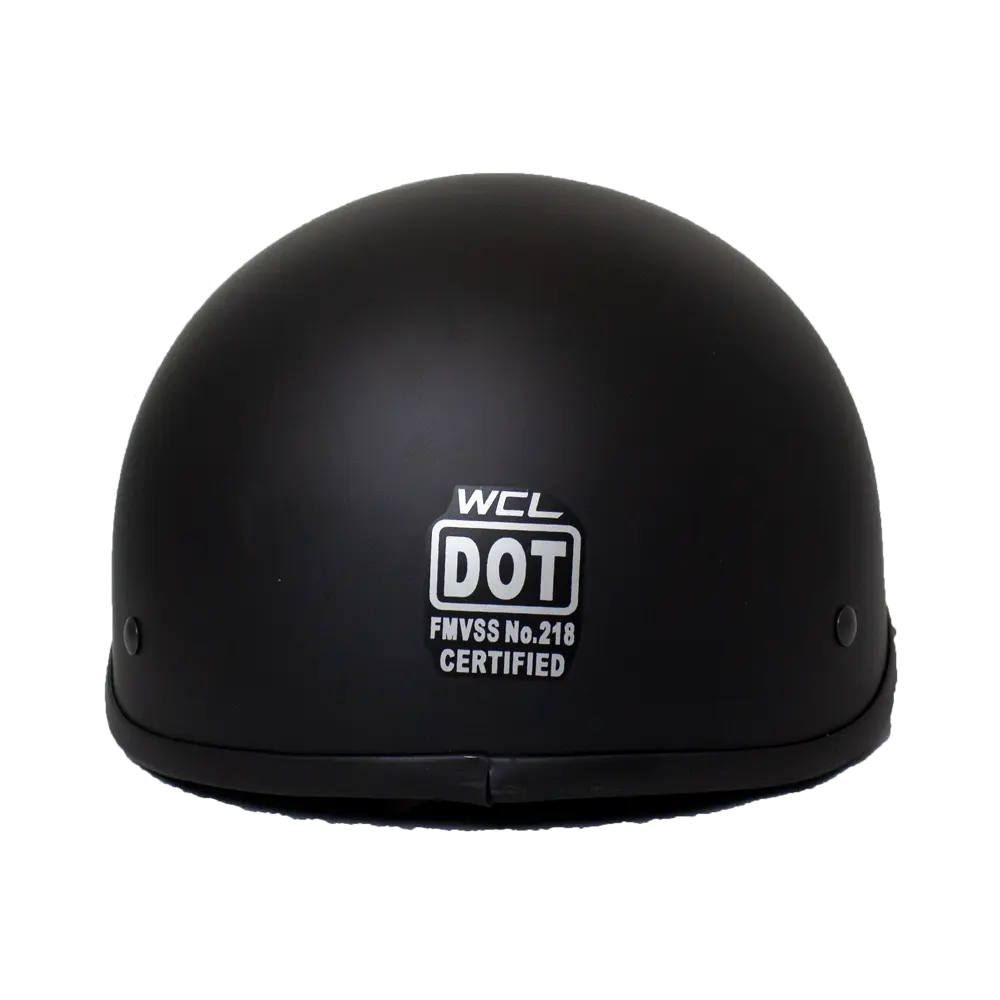
Legal Requirements
In many states, wearing a helmet is a legal requirement for motorcyclists. DOT certification has become the standard for determining if a helmet adequately meets safety regulations. Violating helmet laws can result in fines or penalties, in addition to compromising the rider’s safety. It is crucial for motorcyclists to understand their local laws regarding helmet usage and adhere to them for both legal compliance and personal safety.
Understanding DOT Certification
What Does DOT Stand For?
DOT refers to the United States Department of Transportation. This federal agency is responsible for ensuring the safety of transportation systems, which includes establishing guidelines for motorcycle helmets. The DOT verifies that helmet manufacturers meet specific criteria, ensuring that their products provide adequate safety features for riders.
The Certification Process
The certification process for DOT motorcycle helmets involves stringent testing to evaluate the products’ performance in various scenarios. Manufacturers must submit their helmets to DOT-approved laboratories, where testing evaluates factors such as impact resistance, penetration resistance, and retention system effectiveness. If a helmet passes all tests, it is labeled with a DOT certification sticker, indicating that it meets the required safety standards.
Importance of Choosing DOT-Certified Helmets
Choosing a DOT-certified helmet is imperative for safety-conscious riders. DOT certification guarantees that a helmet has met specific performance criteria, providing peace of mind while riding. However, riders should also consider that not all helmets labeled with the DOT sticker are of equal quality. Some manufacturers may use deceptive tactics, so it’s crucial for buyers to verify authenticity and compliance with safety standards.
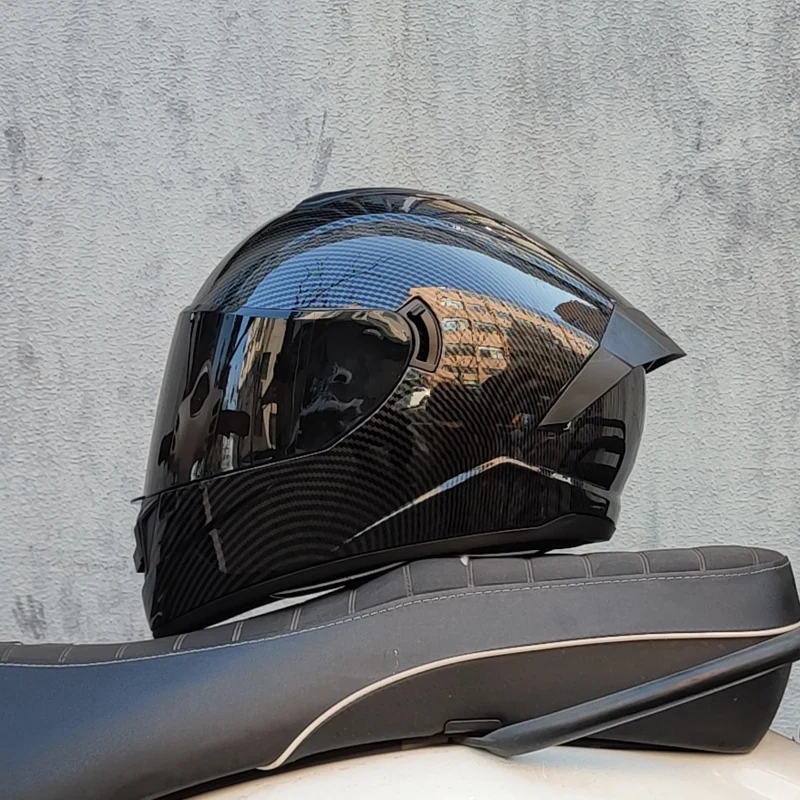
Key Features of DOT Motorcycle Helmets
Shell Material
The material used for the outer shell of the helmet is crucial in determining its overall durability and safety. Common materials include polycarbonate, fiberglass, and composite blends. Polycarbonate helmets are lightweight, making them easier to wear for extended periods. On the other hand, fiberglass helmets provide enhanced protection due to their rigidity. Riders should consider their comfort and riding style when selecting a shell material, as this can affect both safety and overall enjoyment.
Liner Technology
The inner liner of a DOT motorcycle helmet plays a vital role in cushioning the impact during an accident. Different helmets utilize various liner technologies, including expanded polystyrene (EPS) foam. This material helps absorb shock and minimize the force transmitted to the head in the event of a crash. Helmets with multi-density foam liners can provide additional protection by dissipating energy more effectively across different impact areas.
Retention System
The retention system, typically a chin strap, is essential in keeping the helmet securely on the rider’s head during an accident. A DOT-certified helmet should feature a strong and reliable retention system that can withstand forces during a crash. Many helmets use D-ring or quick-release buckles, ensuring a snug fit that can be easily adjusted. Riders must ensure the retention system fits securely and comfortably to maximize safety.
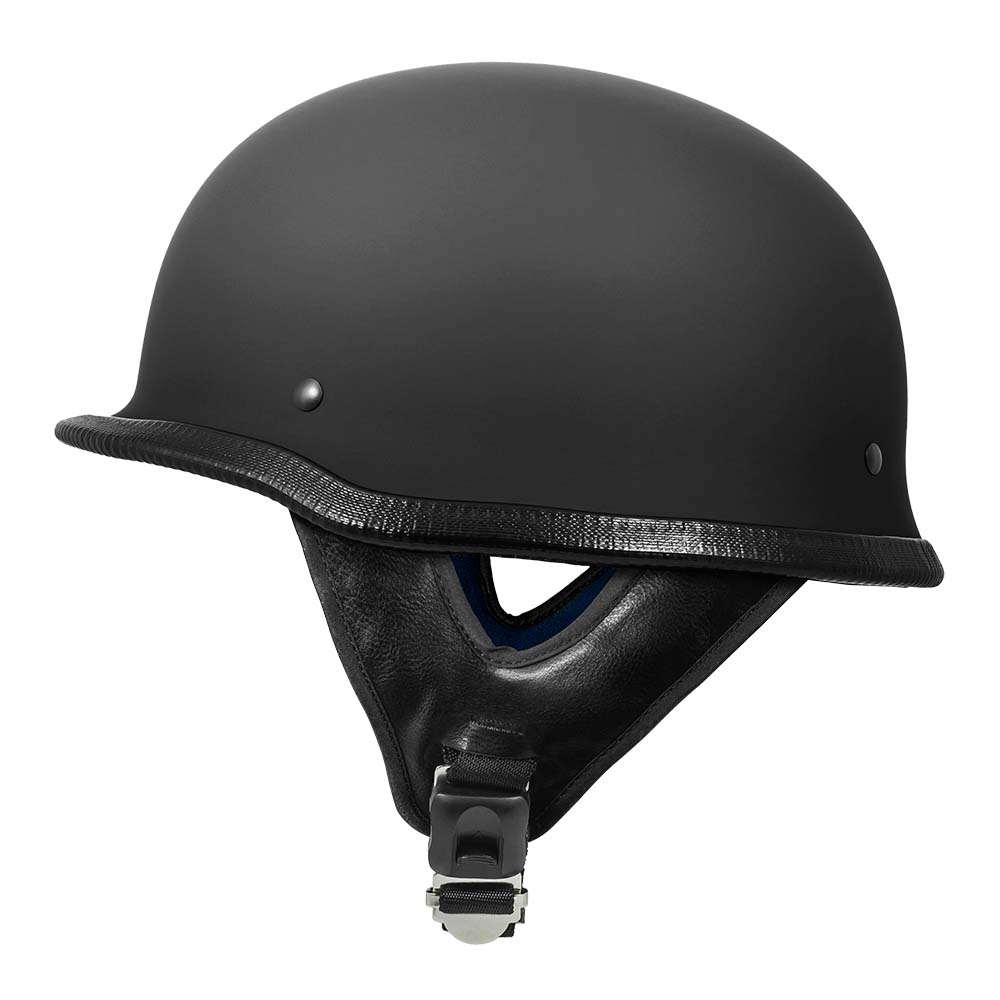
Choosing the Right DOT Motorcycle Helmet
Fit and Sizing
Finding the right fit is paramount when selecting a DOT motorcycle helmet. A properly fitted helmet should feel snug but not uncomfortable. To determine the correct size, measure the circumference of your head just above the eyebrows and around the largest part at the back of the skull. Refer to the manufacturer’s sizing chart to find the appropriate size. Trying on multiple helmets can help you assess which is the best fit for your head shape.
Riding Style Considerations
Different riding styles may require specific helmet types. For example, sportbike riders often prefer aerodynamic designs, while touring riders may prioritize comfort and features like ventilation. Adventure riders might look for helmets that offer modular features for versatility. Understanding your riding style is essential in selecting a helmet that provides the necessary comfort and protection for your specific needs.
Helmet Weight and Comfort
Comfort is a significant factor in helmet selection, especially for long rides. A lighter helmet can reduce fatigue and improve overall comfort on extended trips. However, ensure that the helmet’s lightweight nature does not compromise protection. When trying on helmets, consider factors such as the weight, padding, and ventilation. A comfortable helmet not only enhances the riding experience but also encourages consistent use.
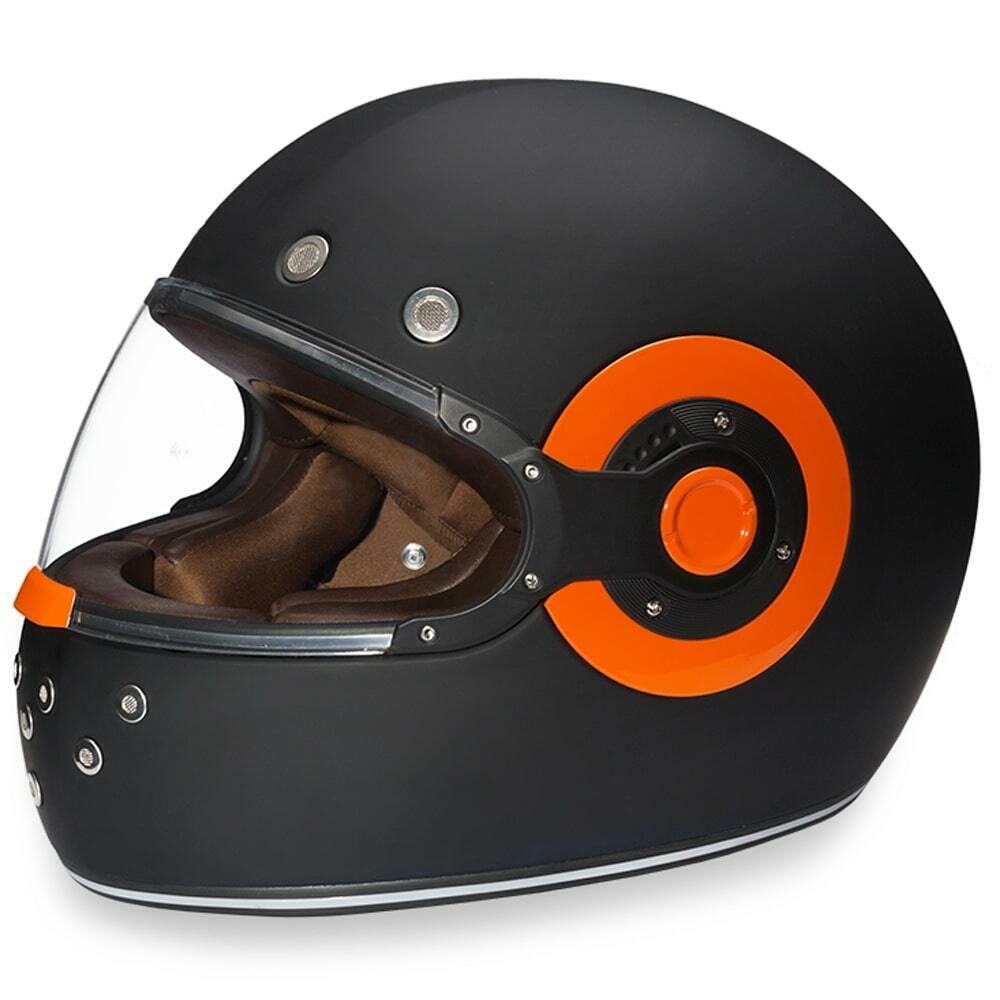
Maintenance and Care for Your Helmet
Regular Cleaning Practices
Caring for your DOT motorcycle helmet is essential to ensure its longevity and performance. Regularly clean the outer shell and visor with mild soap and warm water. Avoid alcohol-based cleaners, as they can damage the helmet’s finish. For the interior, use helmet-specific cleaning products or warm soapy water and allow the liner to dry thoroughly before reassembling the helmet. Keeping your helmet clean improves visibility and comfort during rides.
Inspecting for Damage
Regularly inspect your helmet for any signs of damage. Check for cracks in the outer shell, unusual wear on the liner, or issues with the retention system. A helmet that has suffered impact should be replaced immediately, even if no visible damage is apparent. If you notice any structural flaws or damage to the helmet, it is crucial to stop using it to ensure your safety while riding.
Proper Storage Techniques
Proper storage of your helmet helps maintain its performance and appearance. Store the helmet in a cool, dry place away from direct sunlight, as UV rays can weaken the materials over time. While it is tempting to hang your helmet on the handlebars or leave it exposed, this practice can cause unnecessary wear. Instead, use a dedicated helmet bag to protect it from dust and potential damage.
The Role of Motorcycle Helmet Laws
Understanding Local Regulations
Motorcycle helmet laws vary by state and country. Some regions require all riders to wear helmets, while others may have age or experience-based regulations. It is essential for riders to familiarize themselves with the laws in their area to ensure compliance. Wearing a DOT-certified helmet is often a legal requirement in many places, further highlighting the importance of selecting a properly certified helmet.
Promoting Safety Awareness
Helmet laws also play a crucial role in promoting public safety and awareness regarding motorcycle riding. States that enforce helmet use often experience lower rates of motorcycle fatalities and severe injuries. Awareness campaigns highlighting the importance of wearing a helmet can further encourage riders to prioritize their safety. By understanding and adhering to these regulations, riders contribute to a more comprehensive safety culture among motorcyclists.
Advocacy for Safety Standards
Advocacy for stricter helmet regulations can lead to increased safety standards within the motorcycle industry. Riders and organizations often lobby for laws that mandate wearing DOT-certified helmets, ensuring riders have access to quality protection. Supporting initiatives that promote safety and education can lead to broader awareness regarding the importance of proper gear in reducing injuries on the road.
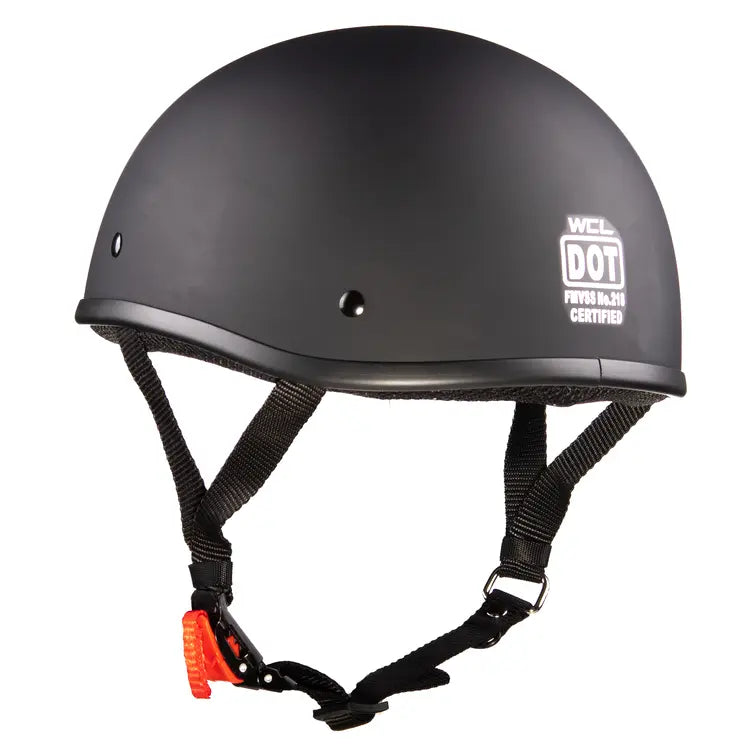
The Future of motorcycle helmets
Continued Technological Advancements
As technology continues to evolve, so do the capabilities of motorcycle helmets. Innovations such as integrated communication systems, advanced ventilation, and smart helmets with augmented reality features are becoming increasingly popular. These advancements enhance the riding experience while maintaining safety. Future DOT-certified helmets may incorporate additional technology to improve comfort, safety, and communication between riders while on the road.
Environmental Considerations
With the growing emphasis on sustainability, the future of motorcycle helmets may also reflect a focus on environmentally friendly production methods. Manufacturers might explore eco-friendly materials or recycling programs for old helmets. Riders are becoming more conscious of the environmental impact of their gear choices, leading to increased demand for sustainable products. Embracing a greener approach can benefit both riders and the planet.
Increasing Awareness of Safety Standards
As educational campaigns around motorcycle safety continue, awareness of the importance of helmet standards and certifications will likely grow. More riders will seek helmets that meet or exceed DOT standards, prioritizing safety in their purchases. This increased vigilance will contribute to overall safety on the roads and ensure that more riders understand the value of quality protective gear.
FAQ:
- What does DOT stand for in motorcycle helmets?
- DOT stands for the Department of Transportation, which sets safety standards for various motor vehicle equipment, including motorcycle helmets. DOT certification means the helmet meets specific requirements for impact resistance, penetration, and retention, ensuring a minimum level of safety for riders.
- How can I tell if a motorcycle helmet is DOT certified?
- A DOT-certified helmet will have a sticker or label indicating its compliance with DOT standards, usually found on the back or inside the helmet. It’s important to always check for this certification to ensure the helmet meets safety requirements.
- What are the key safety features of DOT motorcycle helmets?
- Key safety features of DOT motorcycle helmets include a hard outer shell for impact absorption, an energy-absorbing foam liner, and a secure chin strap with a retention system. These components work together to provide excellent protection in case of an accident.
- Are DOT helmets safer than non-DOT helmets?
- Yes, DOT-certified helmets are generally safer than non-DOT helmets, as they must pass specific tests to ensure they meet safety standards. While some non-DOT helmets may offer basic protection, they do not provide the same assurances that come with DOT certification.
- What should I consider when choosing a DOT motorcycle helmet?
- When choosing a DOT motorcycle helmet, consider factors such as fit (should be snug but comfortable), style (full-face, open-face, modular, etc.), weight, ventilation, and additional features like face shields or removable liners. Always ensure that the helmet is DOT certified and appropriate for the type of riding you plan to do.
Conclusion: Prioritizing Safety with DOT Motorcycle Helmets
In conclusion, choosing DOT motorcycle helmets are vital for safety and comfort while riding. The significance of wearing a properly certified helmet cannot be overstated, as it plays a crucial role in protecting riders from injuries. Understanding the features, materials, and maintenance for these helmets allows riders to make informed choices that align with their needs and lifestyles.
Embracing advances in helmet technology and staying informed about changes in safety standards will help riders remain proactive about safety. As riders, investing time and effort into selecting the right helmet fosters a culture of safety and responsibility in the motorcycling community.
Ultimately, the motorcycle journey is about freedom, adventure, and enjoyment. By choosing the right gear and understanding safety measures—such as comparing DOT vs ECE motorcycle helmet standards—you are not only protecting yourself but also contributing to a safer riding environment for all. So gear up, hit the open road, and enjoy every exhilarating moment—safely!
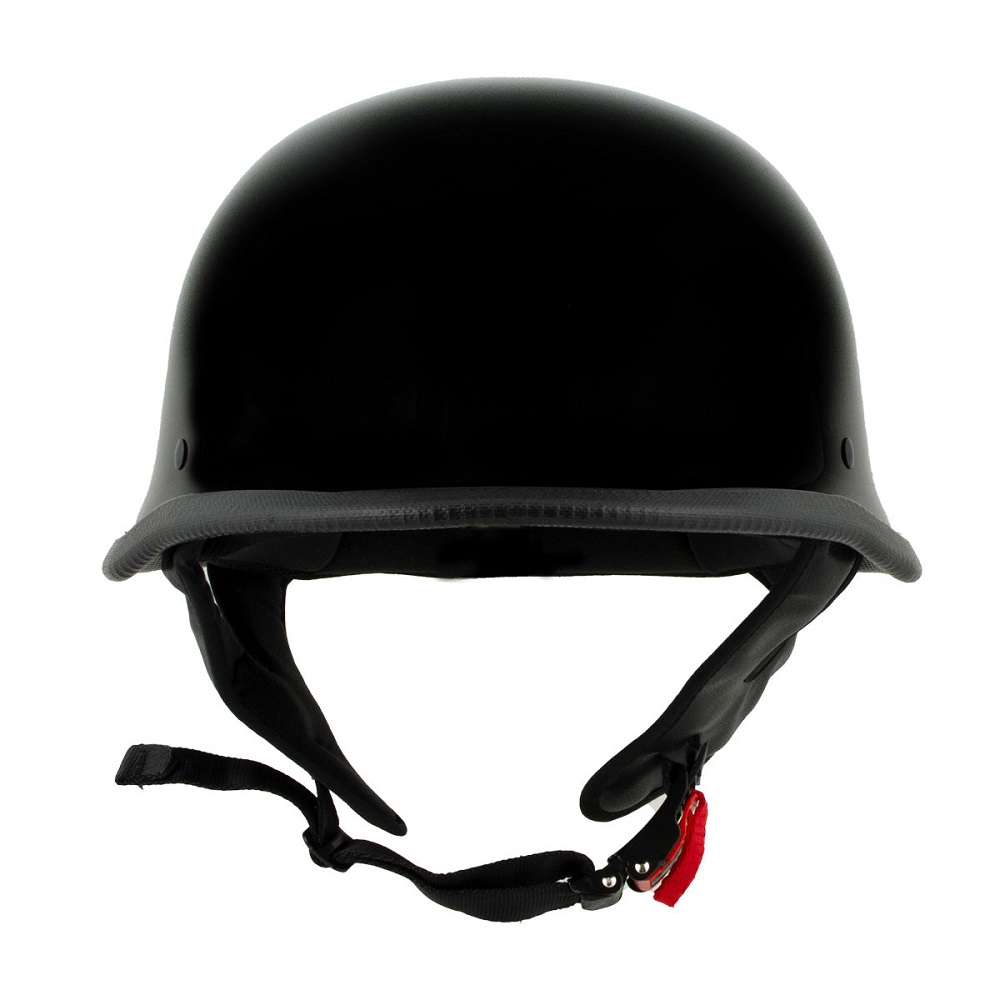
Leave a Reply